Infectious Bovine Rhinotracheitis was first recognized in the United States as a respiratory disease of cattle in 1950. Now it is present worldwide, and very few countries like Australia, Denmark, Finland, Sweden, and Switzerland have been eradicated. Domestic and wild bovines are naturally susceptible to IBR, and under experimental conditions, goat, sheep, and pigs have been demonstrated infection.
Important Information on IBR
Infectious Bovine Rhinotracheitis is a highly contagious viral disease of cattle of all ages. The disease causes substantial economic losses for both dairy and beef cattle. The virus makes losses in many ways, like reducing growth, reduced milk production, treatment cost, and ultimately animals’ death. As a farm owner, you must take necessary protective measures against the disease. In my article, I shall discuss the main features of IBR briefly.
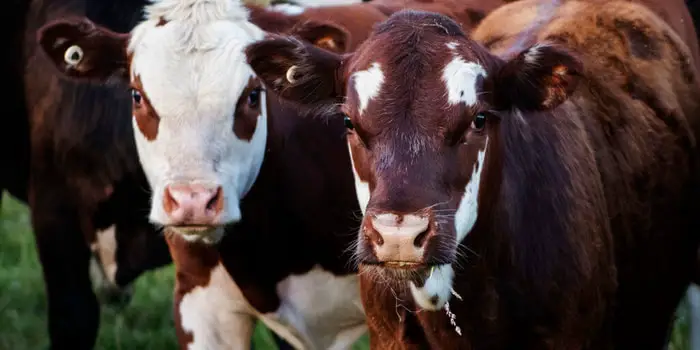
Causes of Infectious Bovine Rhinotracheitis
Infectious bovine rhinotracheitis (IBR), sometimes called Infectious pustular vulvovaginitis and Red nose, is a highly infectious disease of cattle. Infectious Bovine Vulvovaginitis is caused by bovine herpesvirus 1 (BHV-1), capable of attacking many different tissues in the body, leading to various clinical diseases. IBR virus is sensitive to lipid solvents, heat, and acid but persists for several days at 4 degrees C and remains viable for years when it is frozen.
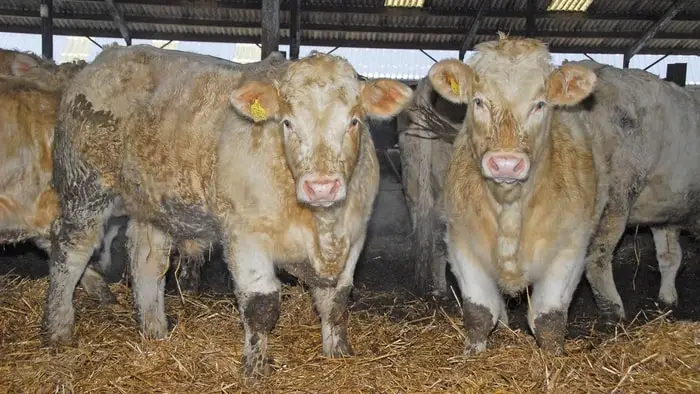
IBR is caused by Bovine herpesvirus type-1, in the family Herpesviridae. Three types of BHV1 are recognized worldwide: BHV1.1, BHV1.2a, and BHV1.2b. All types may cause IBR, Infectious Bovine Vulvovaginitis (IBV), or Infectious Bovine Pustular vulvovaginitis (IBP). The virus grows well in a large number of cell cultures, and except rabbits. The virus does not produce illness in common laboratory animals and embryonated eggs.
How is Infectious Bovine Rhinotracheitis Transmitted?
The disease occurred sporadically in cattle, known as the red nose, dust pneumonia, and necrotic rhinitis. Explosive outbreaks of infections of the genitalia have occurred by the use of IBR virus-contaminated semen for Artificial Insemination (AI). IBR virus shed from the ocular and nasal secretions then transmitted to susceptible cattle by direct contact. The virus is shed in the secretion of the reproductive organs, and the reproductive form of the disease is transmitted primarily by coitus.
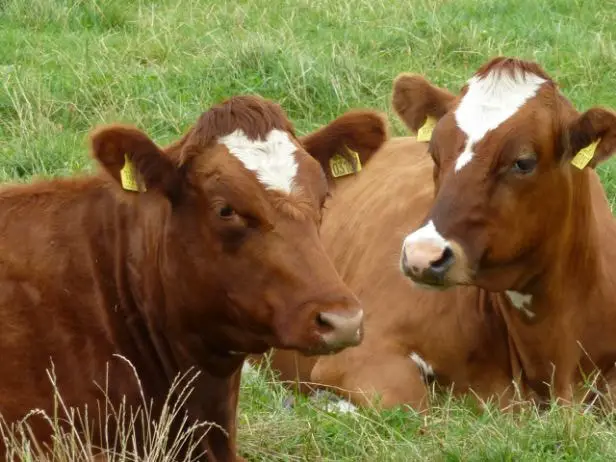
What are the Symptoms of IBR in Cattle?
The incubation period of IBR ranges from 7 to 20 days. The severity of symptoms highly depends on the strains of the virus and the susceptibility of cattle. The symptoms are include-
- Fever.
- Salivation.
- Rhinitis.
- Anorexia.
- Rapid and shallow respiration and dyspnea.
- An abrupt drop in milk production.
- Coughing.
- Depression.
- Conjunctivitis.
- Corneal opacities may occur and are often confused with other conditions like infectious keratitis.
- Genital infection has occurred.
- Abortion.
- Infertility.
- Nonpurelent meningoencephalitis is in calves less than six months old.
- Some calves may develop diarrhea.
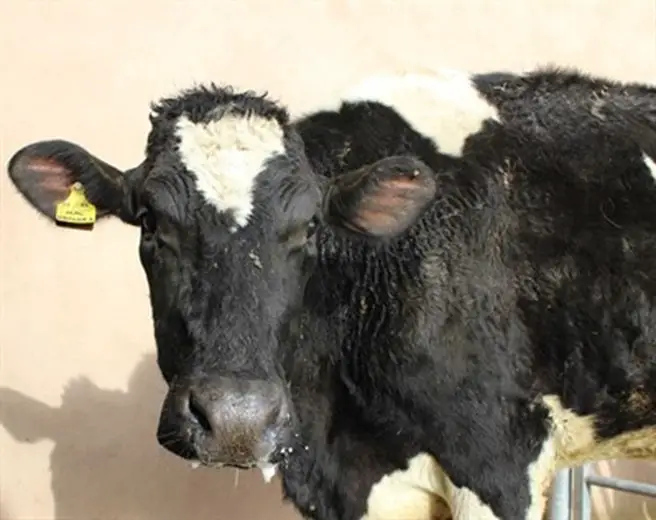
Diagnosis Infectious Bovine Rhinotracheitis
IBR should be considered in any sudden outbreak of an upper respiratory infection and cows of vaginitis and abortions. The presence of white plagues on the mucosal surface of the nasal cavity and vagina suggests IBR infection. A typical finding at necropsy is an inflamed trachea with a fibro-purulent exudate loosely attached to the mucosal surface.
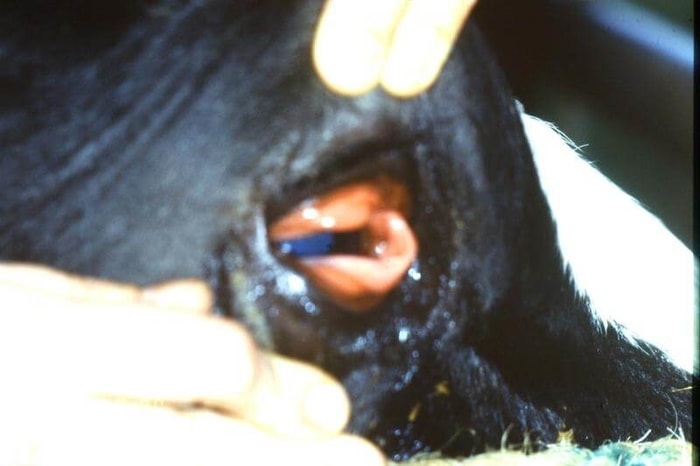
Laboratory confirmation is necessary to identify BVH-1 infection—virus neutralization test and Enzyme-linked immunosorbent assay (ELISA) to detect antigen and antibody. ELISA is also available to detect antibodies in milk.
Treatment of IBR/IBV/IBP
There are no effective treatments or drugs against virus disease, but broad-spectrum antibodies should control secondary bacterial complications. The early administration of antibiotics with supportive therapy is recommended. You should provide acceptable husbandry practices to reduce and minimize the stress and isolate the sick animals. You must ensure the shelter and safety of food and water.

Prevention and Control of Infectious Bovine Rhinotracheitis
Prevention and control of the disease are based on the use of vaccines. IBR vaccine is available in three primary forms.
- Modified live virus: You should not be used in pregnant cows or calves nursing pregnant cows. Usually require only one injection to provide protection. A booster is recommended when an IBR exposure is anticipated.
- Non-replicating IBR vaccine– killed virus and chemically altered virus are safe to use in all cattle. It requires two doses initially and an annual booster to provide adequate protection.
Appropriate biosecurity will also reduce the risk of your farm. Proper monitoring and selective culling of the infected animal is crucial for the control of the disease.
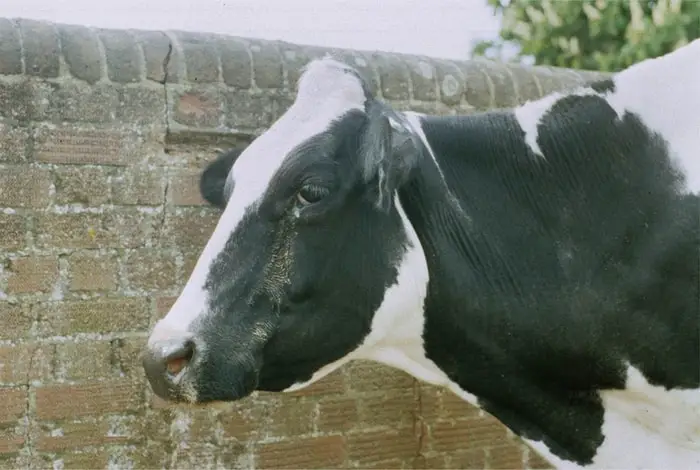
Final Advice on IBR
Infectious bovine rhinotracheitis is a severe viral disease of a cattle farm. You can control the introduction and spread of the disease in the herd by taking preventive measured early. Vaccination and improved management if the best way to control IBR. I think this article will help you a lot. If you are benefitted from the article, please share it with your friends via social media.